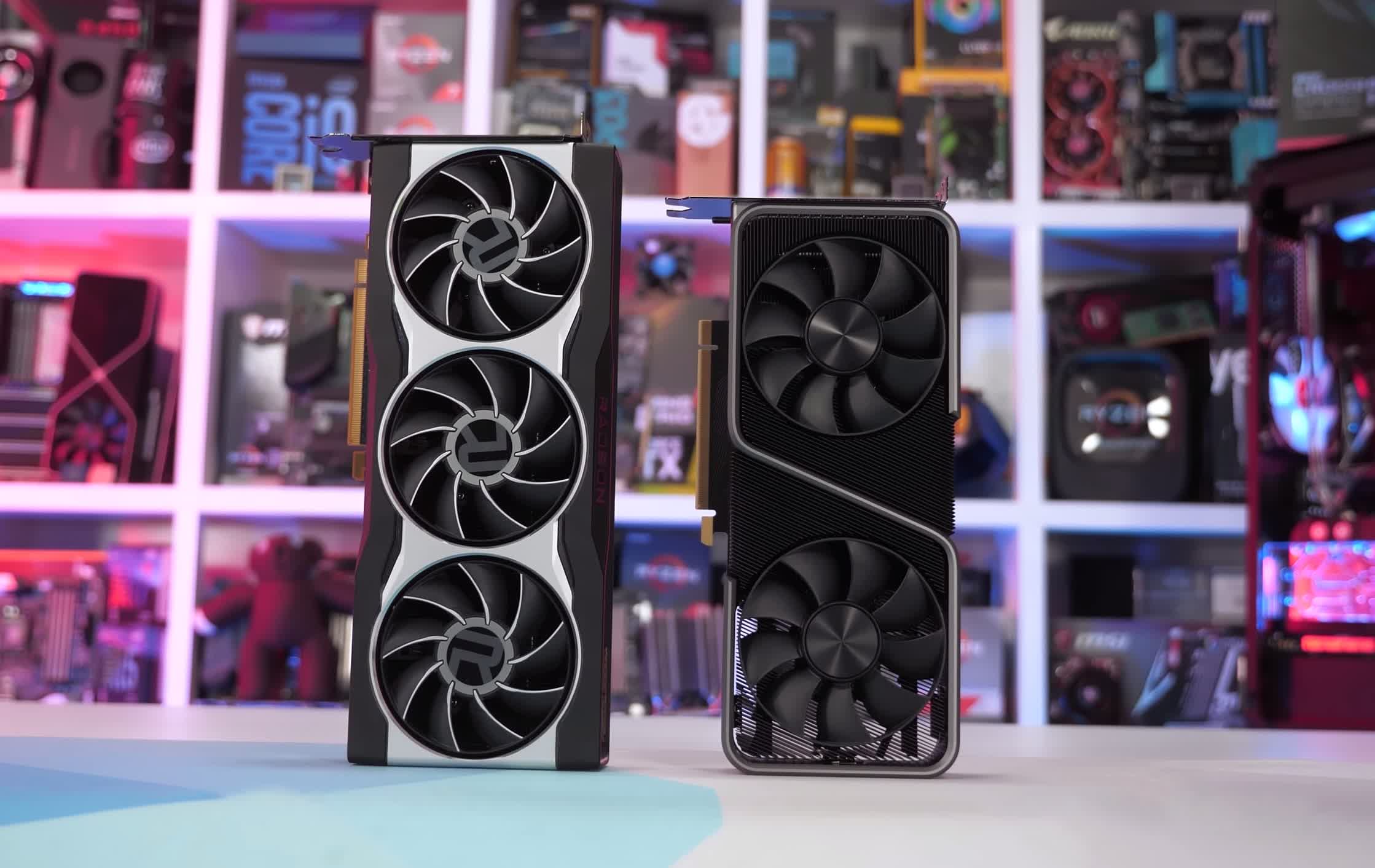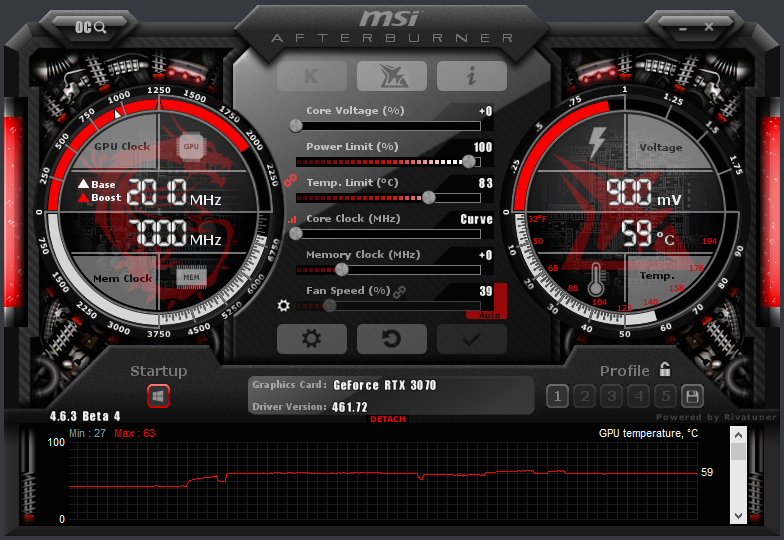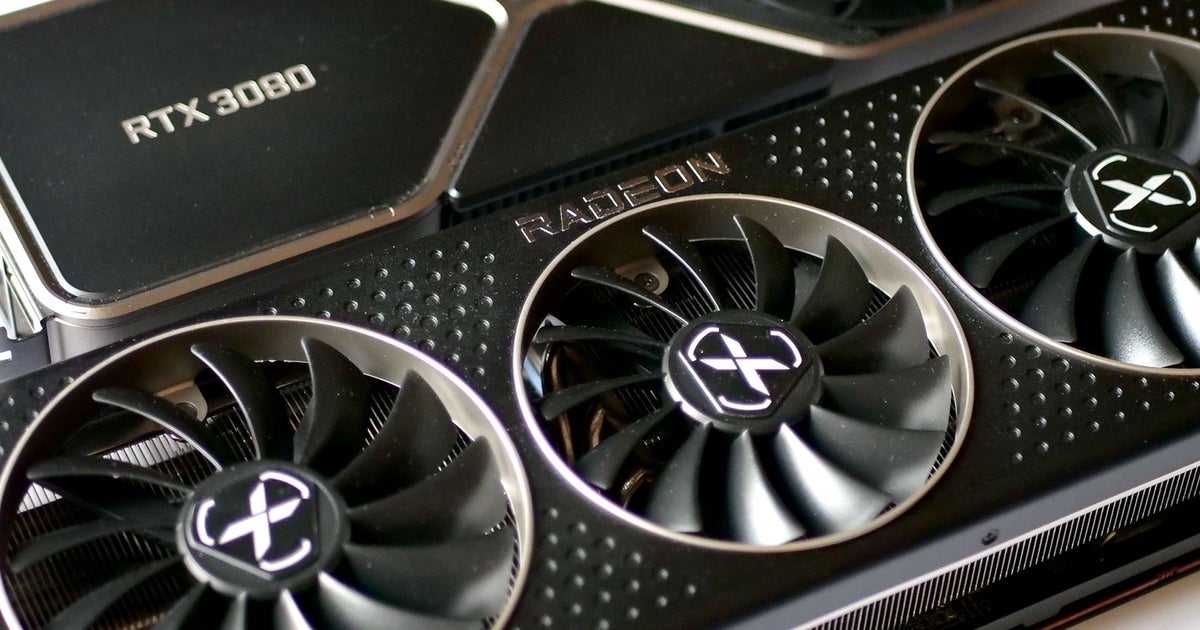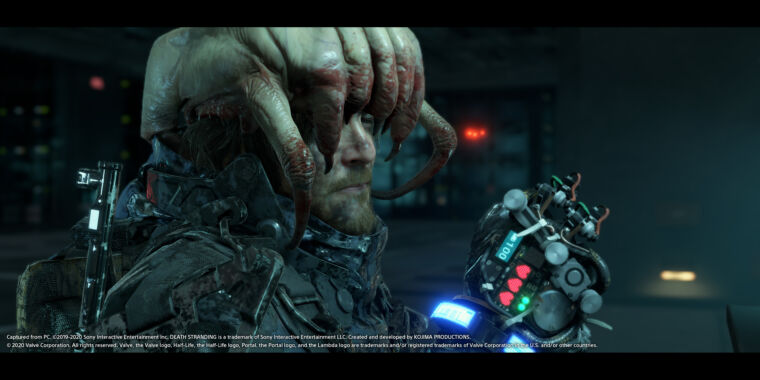- Joined
- Apr 16, 2019
- Messages
- 632 (0.34/day)
They claim a lot of things, the reality on the other hand is usually (actually almost always) a "bit" different:The fact that AMD claims pit this against the RTX 3070 is astonishing. That basically means in raw power everything AMD has to offer beats out Nvidia at better prices up until the RTX 3080
So once the RX 6700 drops voice to reason it would be faster than the RTX 3060 Ti
This is a very interesting Generation for PC Gamers.

The RX 6800 is barely faster than RTX 3070 (yes, that's at 1080p, but given the extremely graphically demanding nature of recent new titles, that will be the resolution best suited to this cards in the longer run), so it stands to reason that 6700XT will struggle to compete with the 3060Ti. In a normal time, this card (considering its additional lack of features vs 3000 series) would be worth $350 at most...



 And that's at 4k which will certainly be out of reach for 6700xt (in newer titles at decent settings)
And that's at 4k which will certainly be out of reach for 6700xt (in newer titles at decent settings)









